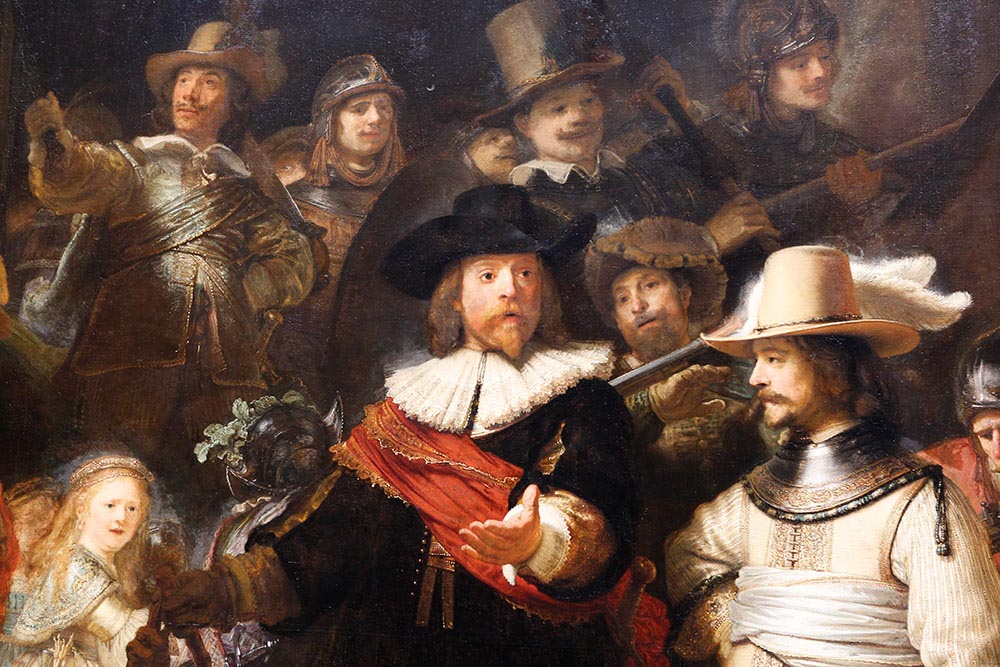
Art museums across Holland are hosting exhibitions celebrating the legacy of the Dutch Golden Age during 2019. Stuart Forster heads to the Rijksmuseum in Amsterdam to find out why.
This year marks the 350th anniversary of the death of the artist Rembrandt van Rijn in Amsterdam. His life coincided with an unprecedented period of wealth and artistic output in the Netherlands. To commemorate Rembrandt’s life and the creativity of his contemporaries, art museums in Holland are this year hosting exhibitions celebrating the Dutch Golden Age.
All the Rembrandts in Amsterdam
The Rijkmuseum, the Netherlands’ national museum, unveiled All the Rembrandts on 15 February: 22 paintings, 60 drawings and more than 300 of Rembrandt’s prints feature in the exhibition. Details of the fabrics in his twin portraits of the newlyweds Marten Soolmans and Oopjen Coppit capture a sense of the wealth enjoyed by aristocrats during Rembrandt’s lifetime, from 1606 to 1669. Yet his ability to capture emotions has a timeless quality.
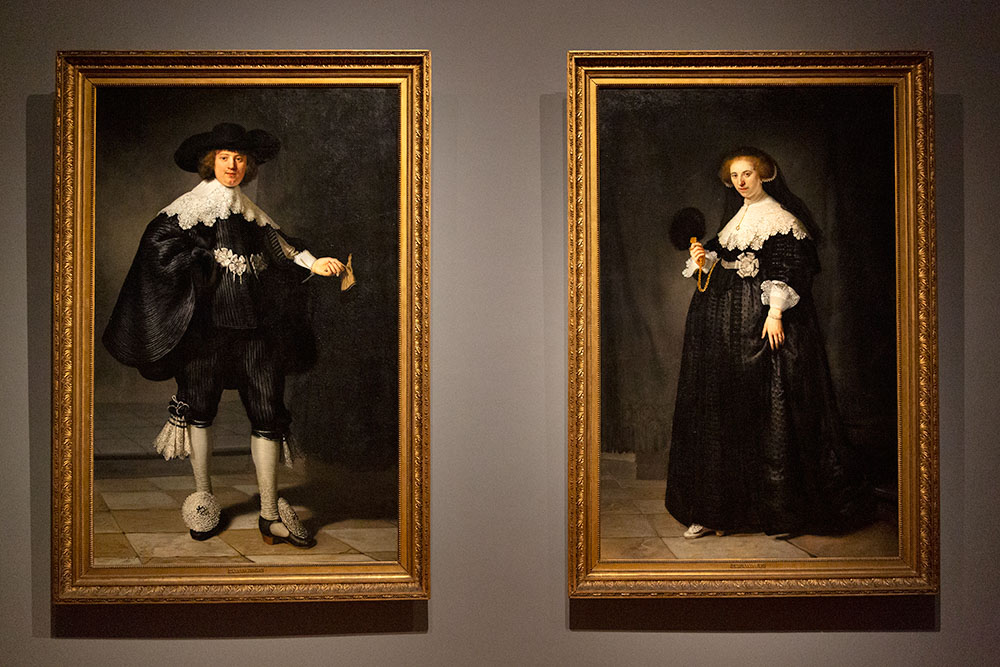
Rembrandt captured humanity and emotions
“Rembrandt is about us as human beings in all our imperfections…not about beauty. Rembrandt is about depicting us. In that sense he changed the course of art forever. He was the first to depict himself: there’s no artist who made that many self-portrait studies of himself before the 20th century. He depicted his family, his mother, his father and his friends,” said Taco Debbits, the Rijksmuseum’s General Director, at the unveiling of the exhibition.
The artist would walk through Amsterdam’s streets sketching beggars and other people on the fringes of society.
“Now and then he would use that source material in his history paintings — so in his biblical paintings and mythological paintings. You see real people in those paintings and they’re responding in the way you and I still respond to this day,” commented Jonathan Bikker, the Rijksmuseum’s Curator of Research and author of Rembrandt: Biography of a Rebel which was published to coincide with the exhibition.
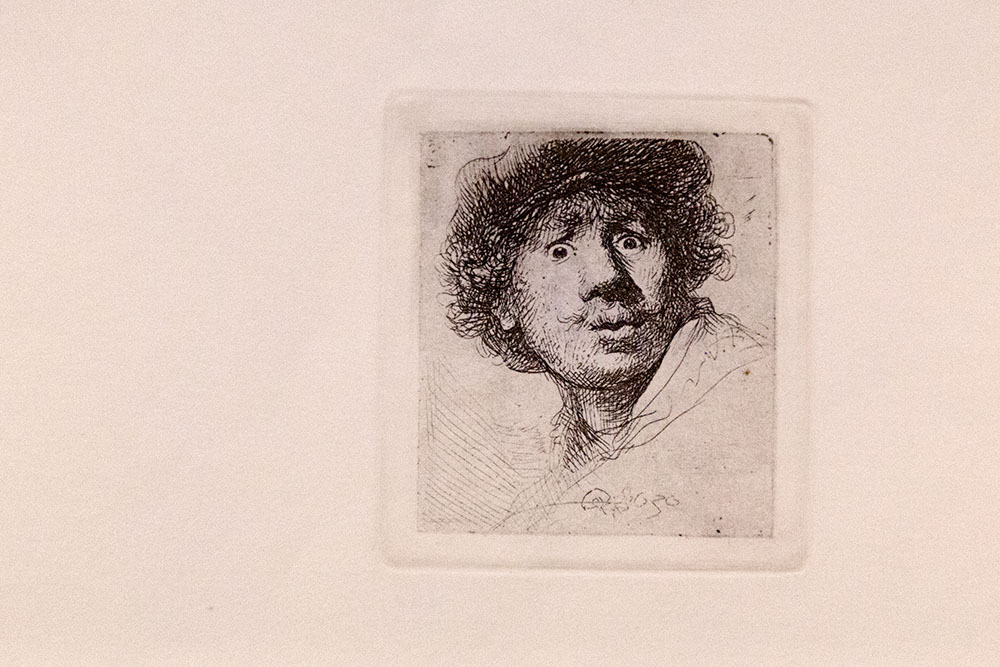
Changing the direction of art
“If you look at history paintings before that — even by his most important teacher, Pieter Lastman, who was a great history painter — you’ll see the gestures in those paintings are rhetorical: they don’t have anything to do with how people actually respond to situations. So that was that was Rembrandt’s great invention, to make use of everyday life in his history paintings. That’s how, better than anyone else in the history of art, he portrayed the emotions of human beings,” asserted Bikker.
Radically, Rembrandt would turn his brush around to scratch details into his paint. He would also mould paint to create textures in his paintings. Bikker suggested that he may have seen those techniques employed by Jan Lievens, an artist who, like Rembrandt, also grew up in Leiden. Later in his career Rembrandt became the first artist to apply paint to canvases using a palette knife.
The painting popularly known as The Night Watch [image above], arguably the most celebrated artwork of the Dutch Golden Age, is not part of the All the Rembrandts exhibition. However, it is on display at the Rijksmuseum. The the group portrait will remain on public display in the Gallery of Honour during its restoration, which begins in July.
Other Dutch Golden Age exhibitions
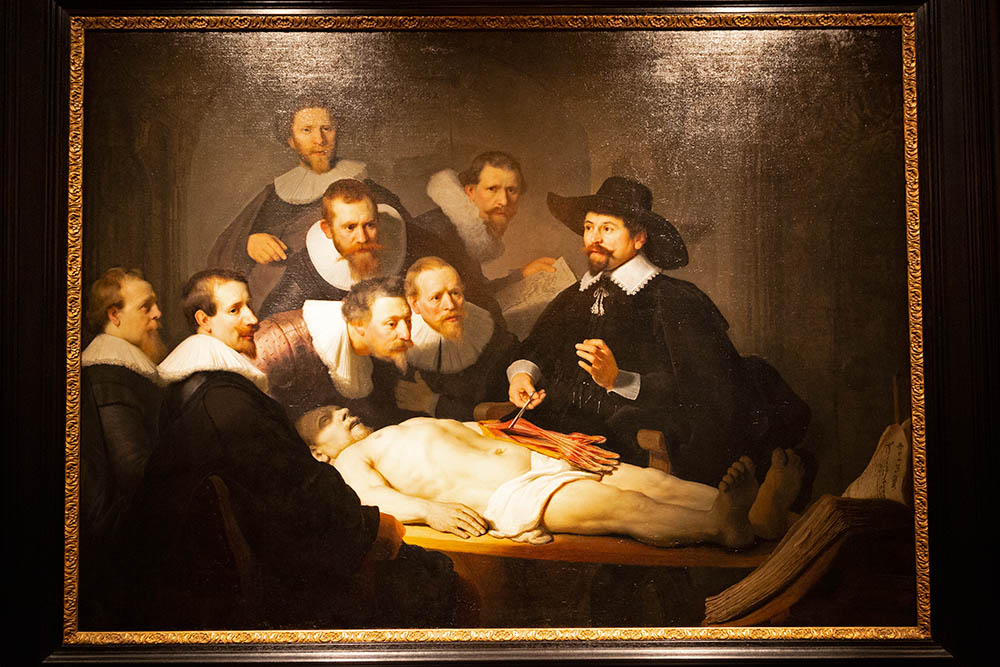
The Rembrandt at the Mauritshuis exhibition continues at the Mauritshuis, in The Hague, until 31 October 2019.
Two of the most celebrated works displayed in the Mauritshuis are Girl with a Pearl Earring by Johannes Vermeer, a native of Delft, as well as Rembrandt’s ‘The Anatomy Lesson of Dr Nicolaes Tulp’.
The Museum Prinsenhof Delft will host the exhibition Pieter de Hooch in Delft: From the Shadow of Vermeer from 11 October 2019 to 16 February 2020).
The Museum de Lakenhal in Rembrandt’s city of birth, Leiden, will host the exhibition Rembrandt and the Dutch Golden Age from 20 June to 3 October 2019.
The Rembrandthuis Museum in Amsterdam is based in one of the houses in which Rembrandt lived and worked. Rembrandt’s Social Network is an exhibition that examines how the artist leveraged contacts to sell his works.
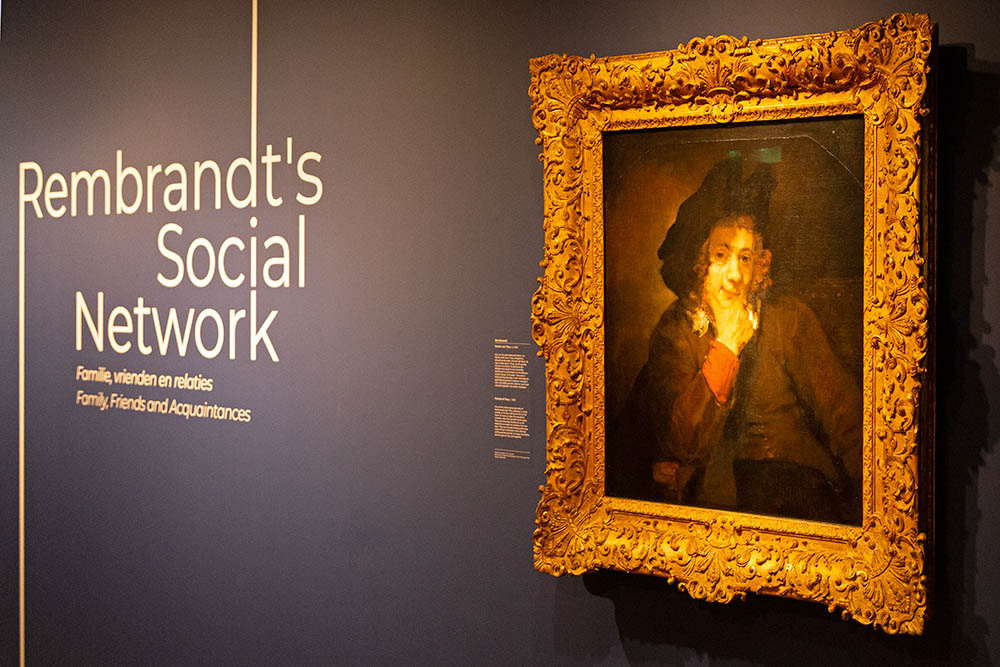
Useful information
The exhibition All the Rembrandts continues at the Rijksmuseum in Amsterdam until 10 June 2019. Entry costs €20 for adults (discounted to €19 for online bookings).
Want to visit the Netherlands to visit the art exhibitions celebrating the Dutch Golden Age? KLM operates flights between Amsterdam Airport Schiphol and regional airports across the United Kingdom. See the Holland website for ideas about things to do and see in the Netherlands.

